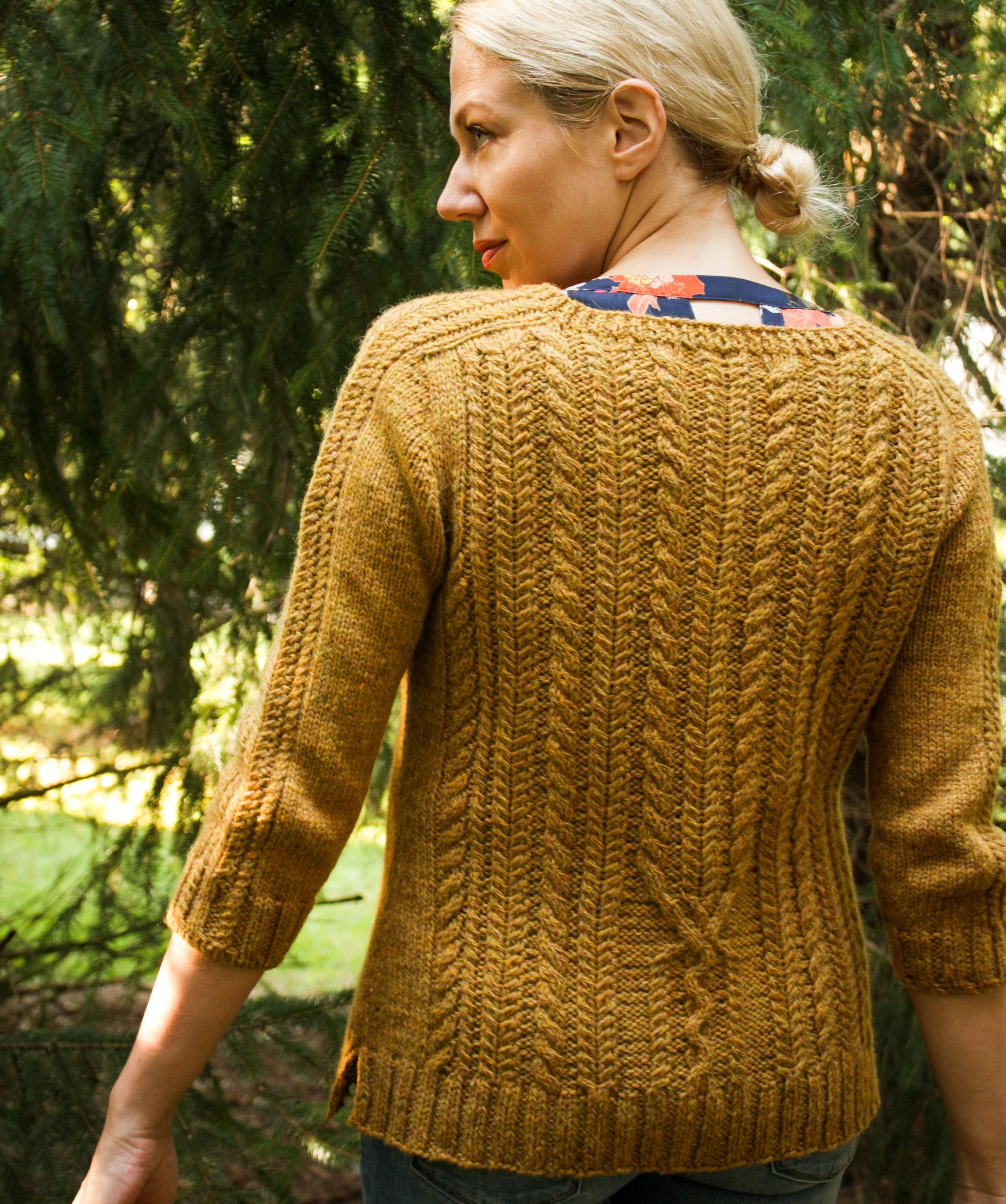Behind the Scenes: Tech Editing vs. Test Knitting
If you're involved in the fiber arts industry in some way, you've probably heard the terms "tech editing" and "test knitting." If you're a consumer, you may not really be certain what these terms refer to and what the differences are; if you're a new designer, you may be wondering whether you need to have patterns tech edited, test knit or both.
Today, I'm going to spend a little time exploring both concepts, discuss how they're related, and explain which one is an absolute NECESSITY.
Both test knitting and tech editing are processes undertaken to ensure that a knitting pattern is clear, consistent and error-free. Both are undertaken prior to the publication of a knitting pattern, and both can be important tools in building a successful pattern design business.
Test Knitting
Test knitting refers to having a knitter test out a knitting pattern--the knitter obtains the appropriate yarn and needles, checks their gauge (YES!), and then follows the pattern to see if it produces what the designer thinks it produces.
Not only does test knitting help the designer write a clear, correct pattern and confirm information included in the pattern--like how much yarn it uses or the average needle size used for gauge--it can also ensure that a new pattern has several finished projects on Ravelry as soon as its released. This can help potential customers feel secure in buying the pattern--they know it's been knit successfully by someone other than the designer.
Test knitting is, more often then not, not paid work. Test knitters receive the pattern they're testing for free, and may receive some other form of compensation, like an additional free pattern. They may also have their finished knits featured on the pattern page, the designer's Instagram feed, etc.--that always puts a smile on my face! In terms of actual advantages for the tester, it's primarily a way for knitters to support designers they like and get early and free access to new patterns.
Test knitting is, in my opinion, good to do for a pattern, as time allows--it's an opportunity to get feedback from knitters of different styles and skill levels, and can be used to help promote your pattern. It's not, however, absolutely essential.
Tech Editing
Tech editing is paid review and editing work done by a professional--checking all the numbers, measurements, instructions, charts, schematics, working to ensure that everything is correct. And unlike test knitting, IT IS ABSOLUTELY NECESSARY.
Tech editing is an absolute necessity if you are charging money for a pattern (and even if you're not, it's still a good idea), and it will save you a lot of hassle in the long run. By getting a second set of eyes on your pattern, eyes that are trained to catch and fix mistakes, you're ensuring that the final pattern delivered to your customer is clear and error-free (well, ok--sometimes mistakes still slip by, otherwise errata wouldn't exist--even tech editors are human!). You're also ensuring that you don't spend hours and hours on pattern support, trying to fix mistakes and clear up misunderstandings--it's a gift to future you!
Remember in high school when you wrote a paper and then made your best friend or parent read it? Because you'd already read it 487 times while you were writing it, there was NO WAY you were going to catch any mistakes--you'd practically memorized it, it was too familiar, you were too close to it. It's the same thing with a knitting pattern--by the time you're done writing it, you're too familiar with it to pick up on mistakes, even glaring ones.
Tech editing is an expense, so if you're just starting out, you may be tempted to skip it--I understand. I've had patterns that barely sold enough to cover the tech editing, it's a hard pill to swallow. If you want to establish a professional design business, though, consider it an investment--if someone buys a pattern from you that's riddled with errors, that will reflect poorly on you and your other patterns. On the other hand, if your patterns are clear and error-free, knitters are more likely to knit them, share them and buy from you again in the future.
(If the expense is truly problematic, consider swapping services with a tech editor, using a professional TE primarily for more complicated patterns like sweaters, or at the very least, having another experienced knitter or two look over your pattern.)
Is Test Knitting a Substitute for Tech Editing?
And the big question: can test knitting be a substitute for tech editing? Unfortunately, not really--though it's better than nothing. There are a few problems with trying to rely on test knitters to catch mistakes.
- A test knitter is only working on one size of your sweater (for example); they aren't looking at the entirety of the pattern to make sure all the directions are clear and correct for all sizes.
- Test knitters sometimes "fix" problems without even noticing them--for example, if your pattern says "work 4 rows in stockinette" but the piece is actually worked in reverse stockinette, they might not even notice the error, and will knit it correctly anyway.
- Test knitters can't catch mistakes in parts of the pattern they don't use. If your test knitters are very familiar with knitting terminology, they might not reference your list of abbreviations at all--so they wouldn't notice if abbreviations are missing. If you've included charts and written directions in your pattern, your testers are either going to use one or the other--they won't catch it if they don't match.
If you're interested in test knitting, a good place to start is your favorite designers' Ravelry group, or one of the test knitting groups on Ravelry. You can also check out this blog post on keys to test knitting success.
If you're looking for a tech editor, I want to give a shout out to my amazing TE, Sarah, who catches all my math mistakes and gets my patterns in tip top shape. In fact, she just finished editing the pattern for the brand new shawl pictured above--come back Friday to learn all about it (and sign up for the MPD newsletter if you want an exclusive subscriber-only discount!)
If you enjoyed this post, you may also like . . .







